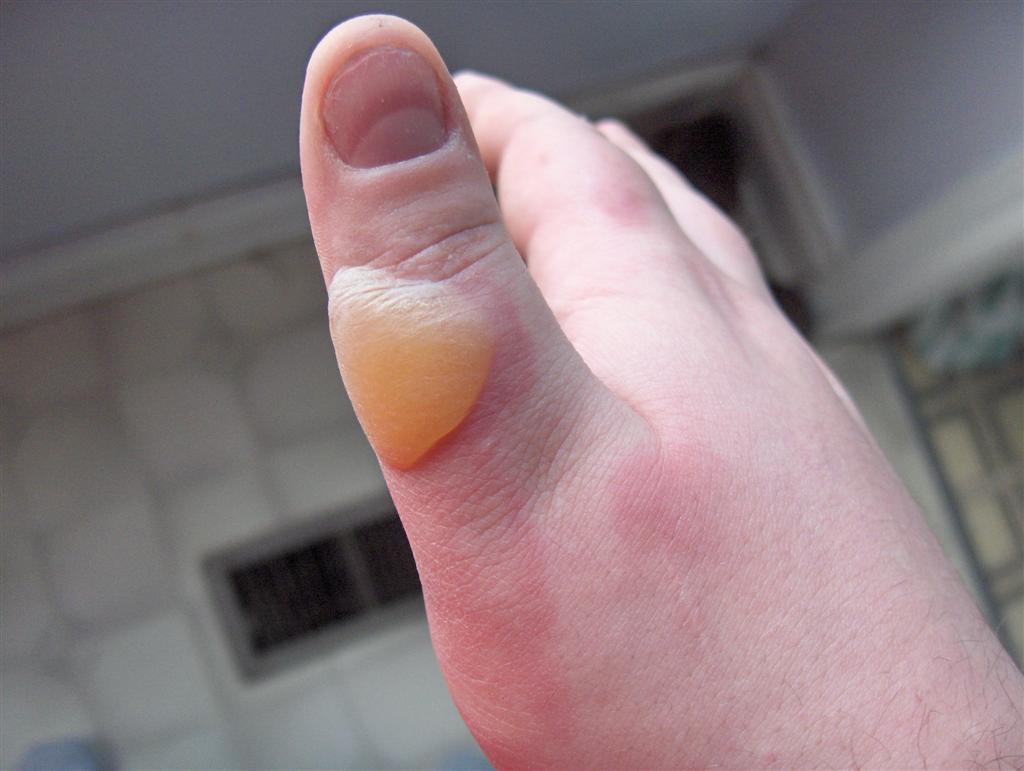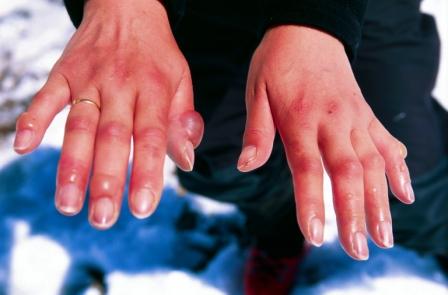Burn causes
|
Burn Microchapters |
|
Diagnosis |
|---|
|
Treatment |
|
Case Studies |
|
Burn causes On the Web |
|
American Roentgen Ray Society Images of Burn causes |
Editor-In-Chief: C. Michael Gibson, M.S., M.D. [1] Associate Editor(s)-in-Chief:Eman Alademi, M.D.[2]
Overview:
Burn injury may be caused by chemicals, friction, electricity, radiation, extreme temperatures(hot and cold) and Inhalation injury in burns.
Causes
Burns may be caused by a wide variety of substances and external sources such as exposure to chemicals[1]. friction, electricity, radiation, and extreme temperatures, both hot and cold.
Chemical Burns
Most chemicals (but not all) that can cause moderate to severe chemical burns are strong acids or bases. Chemical burns are usually caused by caustic chemical compounds, such as sodium hydroxide, silver nitrate, and more serious compounds (such as sulfuric acid and Nitric acid). Hydrofluoric acid [2]can cause damage down to the bone and its burns are sometimes not immediately evident.[3][4]
Electrical Burns
Electrical burns are generally caused by an exogenous electric shock, such as being struck by lightning[5][6][7][8]or defibrillated or cardioverted without a conductive gel. The internal injuries sustained may be disproportionate to the size of the burns seen, and the extent of the damage is not always obvious. Such injuries may lead to cardiac arrhythmias, cardiac arrest, and unexpected falls with resultant fractures.
Radiation Burns
Radiation burns may be caused by protracted and overexposure to UV light (as from the sun), tanning booths, radiation therapy (as patients who are undergoing cancer therapy), sunlamps, and X-rays. By far the most common burn associated with radiation is sun exposure, specifically two wavelengths of light UVA, and UVB, the latter being the more dangerous of the two. Tanning booths also emit these wavelengths and may cause similar damage to the skin such as irritation, redness[9], swelling, and inflammation. More severe cases of sun burn result in what is known as sun poisoning.
Scalding

Scalding [10]is a specific type of burning that is caused by hot fluids or gases. They most commonly occur in the home from exposure to high temperature tap water.[11][12]
Steam is a common gas that causes scalds. The injury is usually regional and usually does not cause death. More damage can be caused if hot liquids enter an orifice. However, deaths have occurred in more unusual circumstances, such as when people have accidentally broken a steam pipe.
The demographics that are of the highest risk to suffering from scalding are young children, with their delicate skin, and the elderly over 65 years of age.
Cold Burn

A cold burn (see frostbite) is a kind of burn which arises when the skin is in contact with a low-temperature body.
They can be caused by prolonged contact with moderately cold bodies (snow and cold air for instance) or brief contact with very cold bodies such as dry ice, liquid helium, liquid nitrogen, or liquid discharged from an upside-down gas duster. In such a case, the heat transfers from the skin and organs to the external cold body.
The effects are very similar to that of a burn caused by extreme heat. The remedy is also the same. For a minor cold burn, it is advisable to keep the injured organ under a flow of water of comfortable temperature. This will allow heat to transfer slowly from the water to the organs.
Inhalation injury in burns:
pulmonary complications were common in burn patients, inhalational injury has now replaced these two causes as the main cause of mortality in burn patients. Inhalational injury by itself has been shown to be associated with pulmonary dysfunction for at least 6 months after the injury. Pulmonary complications in burn patients can arise from direct injury to the respiratory tract via the inhalation of heated air and chemicals released by combustion, and also iatrogenic factors such as fluid-overloading during resuscitation and lung damage by mechanical ventilation.
References
- ↑ Pruitt VM (2006). "Work-related burns". Clin Occup Environ Med. 5 (2): 423–33, ix–x. doi:10.1016/j.coem.2005.11.002. PMID 16647659.
- ↑ Makarovsky I, Markel G, Dushnitsky T, Eisenkraft A (2008) Hydrogen fluoride--the protoplasmic poison. Isr Med Assoc J 10 (5):381-5. PMID: 18605366 PMID: 18605366
- ↑ Brent J (2013). "Water-based solutions are the best decontaminating fluids for dermal corrosive exposures: a mini review". Clin Toxicol (Phila). 51 (8): 731–6. doi:10.3109/15563650.2013.838628. PMID 24003912.
- ↑ Hardwicke J, Hunter T, Staruch R, Moiemen N (2012) Chemical burns--an historical comparison and review of the literature. Burns 38 (3):383-7. DOI:10.1016/j.burns.2011.09.014 PMID: 22037150 DOI: 10.1016/j.burns.2011.09.014 PMID: 22037150 DOI: 10.1016/j.burns.2011.09.014
- ↑ Baxter CR, Waeckerle JF (1988). "Emergency treatment of burn injury". Ann Emerg Med. 17 (12): 1305–15. doi:10.1016/s0196-0644(88)80356-1. PMID 3057947.
- ↑ Cooper MA (1984). "Electrical and lightning injuries". Emerg Med Clin North Am. 2 (3): 489–501. PMID 6534739.
- ↑ Spies C, Trohman RG (2006). "Narrative review: Electrocution and life-threatening electrical injuries". Ann Intern Med. 145 (7): 531–7. doi:10.7326/0003-4819-145-7-200610030-00011. PMID 17015871.
- ↑ Browne BJ, Gaasch WR (1992). "Electrical injuries and lightning". Emerg Med Clin North Am. 10 (2): 211–29. PMID 1559466.
- ↑ Balk SJ, Council on Environmental Health. Section on Dermatology (2011) Ultraviolet radiation: a hazard to children and adolescents. Pediatrics 127 (3):e791-817. DOI:10.1542/peds.2010-3502 PMID: 21357345 DOI: 10.1542/peds.2010-3502 PMID: 21357345 DOI: 10.1542/peds.2010-3502
- ↑ Maguire S, Moynihan S, Mann M, Potokar T, Kemp AM (2008) A systematic review of the features that indicate intentional scalds in children. Burns 34 (8):1072-81. DOI:10.1016/j.burns.2008.02.011 PMID: 18538478 DOI: 10.1016/j.burns.2008.02.011 PMID: 18538478 DOI: 10.1016/j.burns.2008.02.011
- ↑ Baxter CR (1993). "Management of burn wounds". Dermatol Clin. 11 (4): 709–14. PMID 8222354.
- ↑ Mertens DM, Jenkins ME, Warden GD (1997). "Outpatient burn management". Nurs Clin North Am. 32 (2): 343–64. PMID 9115481.